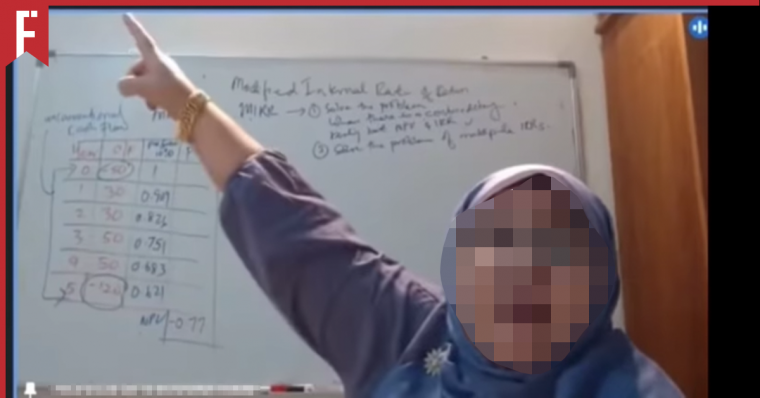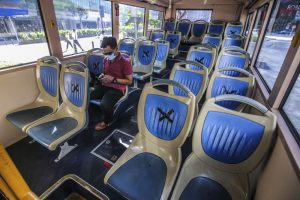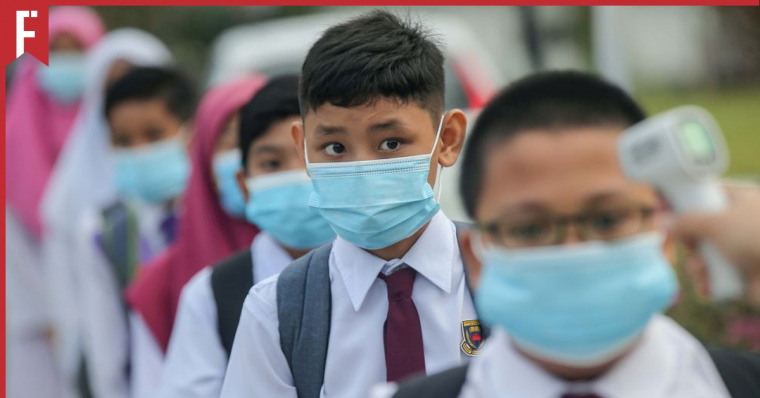
When I was a kid, I hated the month of January. Why? Because that’s when the long holiday ended and we all had to go back to school.
But this year, school started a lot later than usual. Two months later, to be exact. Due to all the pandemic outbreaks, Malaysia’s 2022/2023 school session only started on 21 March 2022.
I’m sure many kids enjoyed their extra-long holiday — my youngest sister certainly did! But as the schools reopened and students slowly shuffled back to class, I can’t help wondering just how long it will take for our younger generation’s education to recover from the effects of the past few years.
New Year, New SOPs
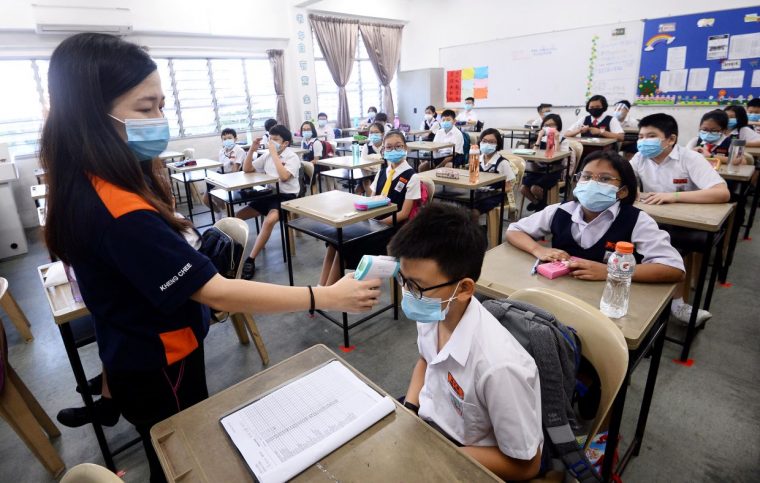
I’m sure my family wasn’t the only one who breathed a sigh of relief when we heard that online learning would soon be over. However, kids looking forward to the end of online learning shouldn’t start celebrating just yet.
On 6 March 2022, the Ministry of Education (MoE) released new guidelines for schools across Malaysia. Some of the highlights include:
- Rotational attendance for pupils in Years Three, Four and Five in primary schools with over 600 students
- Normal physical attendance for primary schools with less than 600 students
- Normal physical attendance for pupils in Years One, Two and Six
- Normal physical attendance for special needs students in SK Pendidikan Khas, Integrated Special Education Programme and Supplementary Food Programme (RMT)
“All these regulations (also) apply to private school students, including expatriate schools and international schools,” said Education Minister Datuk Dr Radzi Jidin.
However, parents should note that the guidelines above only applies to private primary schools. Secondary school students like my sister had to deal with an additional two weeks of home-based teaching and learning (PdPR) before going back to physical classes on 4 April 2022.
But After Months of Online Learning, Are Our Kids Really Ready to Return to the Classroom?
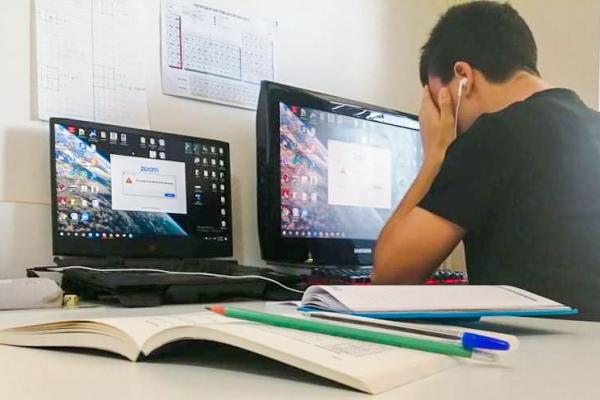
I’m just going to come out and say it: online learning kind of sucks for everyone involved.
In March 2022, Senior Researcher Sofea Azahar from the Institute of Strategic and International Studies Malaysia sent a letter to the New Straits Times to highlight just how bad the situation had become for our students.
She pointed out that Malaysian students were estimated to have lost between 5.4 to 11.4 months of education over the past few years due to poorly implemented online learning strategies — among the highest losses in the region!
Our educators’ attempts to convert physical learning to online learning faltered due to several issues including:
- Lack of skilled teaching staff
- Resistance to digital learning among students
- Gaps in digital learning platforms and infrastructure
“In Malaysia, many Technical and Vocational Education and Training (TVET) educators still lack information and communications technology (ICT) proficiency and cannot shift to remote teaching and learning. Past studies showed that educators’ IT skills depended on gender, age, years of teaching experience and type of ICT training,” she wrote.
To put it simply, not all our cikgus are tech-savvy. Having to modify their lessons from physical to online is a big challenge, especially for older teachers who are so used to doing everything in-person.
Despite what it might sound like at first, the next factor — resistance from students — is NOT about students being lazy or unmotivated. Rather, it’s the fact that students who are already used to doing hands-on work in classrooms would struggle to adapt to a purely distance-learning model.
“Many also felt let down by the ineffectiveness of distance-learning platforms,” added Sofea.
And finally, we come to the last and perhaps most critical factor: gaps in digital learning platforms or infrastructure.
In other words, not all students have access to working computers and WiFi. This has been a serious problem for students living in rural areas as well as those from the B40 group. After all, it doesn’t matter how smart or motivated a student is if they can’t even join the class!
“If these issues are not addressed promptly, further learning losses could have long-term repercussions,” Sofea warned. “Pupils cannot afford to lose more after nearly two years of severe learning losses during the lockdowns.”
But Why Should We Worry?
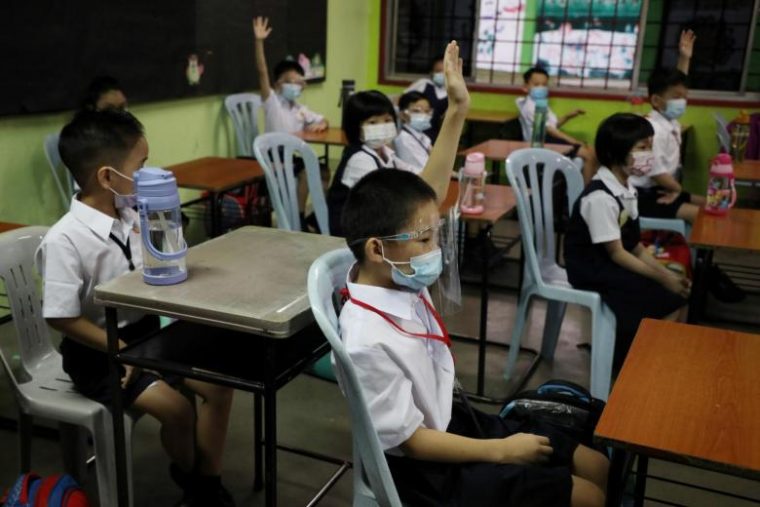
Some might say that there’s no need to worry anymore. After all, our students are already going back to face-to-face learning, right?
The problem is, thanks to all the issues mentioned earlier, many students’ education level is far behind where they should be. This is especially bad for those sitting for important exams this year (UPSR, SPM, A-Levels, etc.).
With so many students lagging behind, it’s going to be that much harder for our country to raise itself up to developed status. How many less fortunate students will be forced to retake their exams or give up their dreams of higher education because they simply couldn’t keep up with their classmates?
When Did Our Education System Become Pay-to-Win?

Before the pandemic, less fortunate students only had to worry about those classmates who were rich enough to afford private tutors. Even then, there was still the hope that if you worked hard and studied every day you could still get good grades.
However, thanks to online learning, the education gap between poor and rich students has only grown wider.
In March 2022, an online lesson went viral after the lecturer scolded one of her students for using a smartphone instead of a computer.
“This is the fifth semester and you still don’t have a computer?” she said. “I would rather just have five pieces of clothes… A computer is very, very important. It’s just RM800, what’s your problem?”
Needless to say, people were not amused. Many netizens criticised the lecturer for her behaviour, pointing out that for many families, RM800 is actually a pretty big deal.
Despite the fact that the Malaysian government pledged to deliver 150,000 free laptops to B40 students last year, many of these students are still forced to rely on smartphones to attend their online classes.
Although the return to physical learning may help the situation, how exactly are students in the B40 group supposed to compete with their peers when they’re already so far behind?
We Cannot Afford to Leave These Students Behind
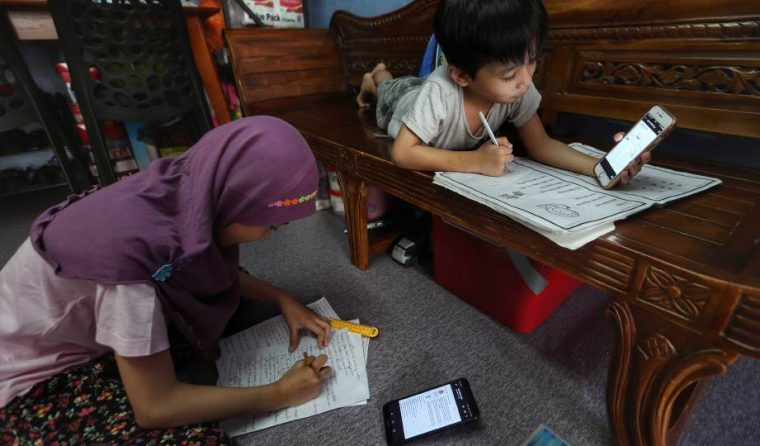
Personally, I dislike the idea that poor students should be left behind because they didn’t “try hard enough” — especially since many of them weren’t even given the chance to try in the first place!
And putting aside the humanitarian aspect, we need to ask ourselves what kind of future these students are likely to have.
If they are left to flounder on their own, how many of them will end up dropping from the system forever? How many will end up in terrible dead-end jobs, forced to work for the rest of their lives in order to scrape by? And how many of them will end up turning to crime and other unsavoury methods in order to survive?
If Malaysia ever intends to become a developed nation, we need to have a skilled, educated population. We need doctors and lawyers, scientists and engineers — and all of them will require many years of education and training!
If we fail to support our struggling students today, I fear that our country’s goal of becoming a developed nation may be delayed for at least another generation.
Learn more about the challenges faced by our B40 students and check out:
What I Go to School For: The Cost of a Malaysian Education
